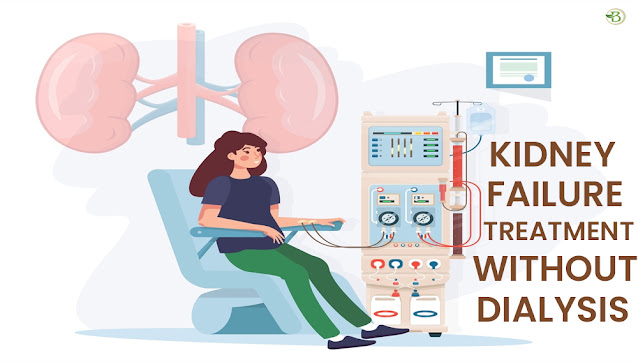Creatinine Levels That Are Too High: Causes, Signs, and Treatment
Creatinine is a vital marker of kidney function in the human body. It is a waste product produced when creatine, found in muscles, breaks down. Healthy kidneys efficiently filter creatinine from the blood and excrete it through urine. Therefore, measuring creatinine levels is crucial in assessing kidney health. Understanding the BUN/Creatinine ratio (Blood Urea Nitrogen/Creatinine ratio) can provide additional insights into kidney function.
Creatinine is a substance constantly produced in the body, and its levels can fluctuate. Normal creatinine levels vary depending on age, sex, and muscle mass. Generally, a normal range for creatinine in the blood is between 0.6 to 1.2 milligrams per deciliter (mg/dL) for adult males and 0.5 to 1.1 mg/dL for adult females. These values serve as a baseline for assessing kidney function.
On the other hand, the BUN/Creatinine ratio compares the levels of two waste products in the blood: blood urea nitrogen (BUN) and creatinine. BUN is produced when the body breaks down proteins. A healthy BUN/Creatinine ratio typically falls between 10:1 and 20:1. An abnormal ratio can indicate various conditions.
A high BUN/Creatinine ratio may suggest kidney problems or dehydration. Dehydration can cause an increase in BUN levels, while creatinine levels may remain relatively stable. This imbalance can result in a higher ratio. Additionally, conditions like congestive heart failure and gastrointestinal bleeding can lead to a higher ratio due to decreased blood flow to the kidneys.
Conversely, a low BUN/Creatinine ratio may indicate liver disease, malnutrition, or muscle breakdown. The liver may not process proteins efficiently in these cases, leading to lower BUN levels relative to creatinine.
When creatinine levels deviate from the normal range, it is essential to consider factors such as age, sex, and muscle mass. Older adults or individuals with less muscle mass may naturally have lower creatinine levels, while athletes and bodybuilders may have higher levels due to increased muscle breakdown.
If there is concern about kidney function, healthcare professionals often use a creatinine clearance calculator to assess how efficiently the kidneys are clearing creatinine from the blood. This test involves collecting a urine sample to measure the amount of creatinine excreted. A lower creatinine clearance rate may indicate reduced kidney function.
High creatinine levels can indicate kidney dysfunction or other underlying health issues. Chronic kidney disease, glomerulonephritis, or urinary tract obstruction can cause elevated creatinine levels. Identifying the underlying cause of high creatinine and taking appropriate steps to manage and treat the condition is essential.
In summary, creatinine levels and the BUN/Creatinine ratio are valuable tools for assessing kidney function and overall health. Maintaining normal creatinine levels within the appropriate range is crucial for optimal kidney function. Regular check-ups and monitoring of these levels, along with other relevant tests, can help detect and address kidney issues early, improving the chances of effective intervention and treatment. Remember that individual variations exist, and consulting a healthcare professional is essential for a comprehensive evaluation of kidney health.
If you want to know for kidney treatment homeopathy, then you can visit my original blog. The link has been provided below:
https://bharathomeopathy.com/disease/kidney-failure-treatment




Comments
Post a Comment